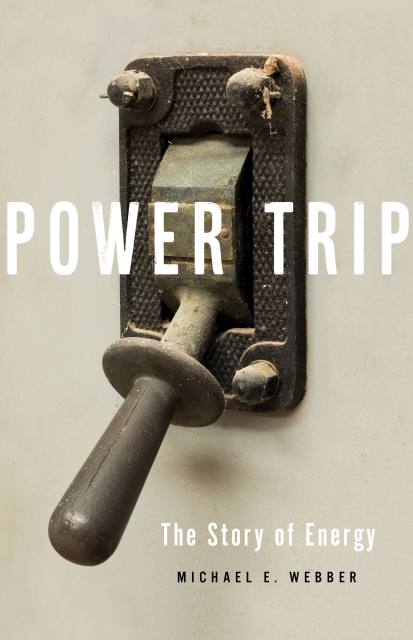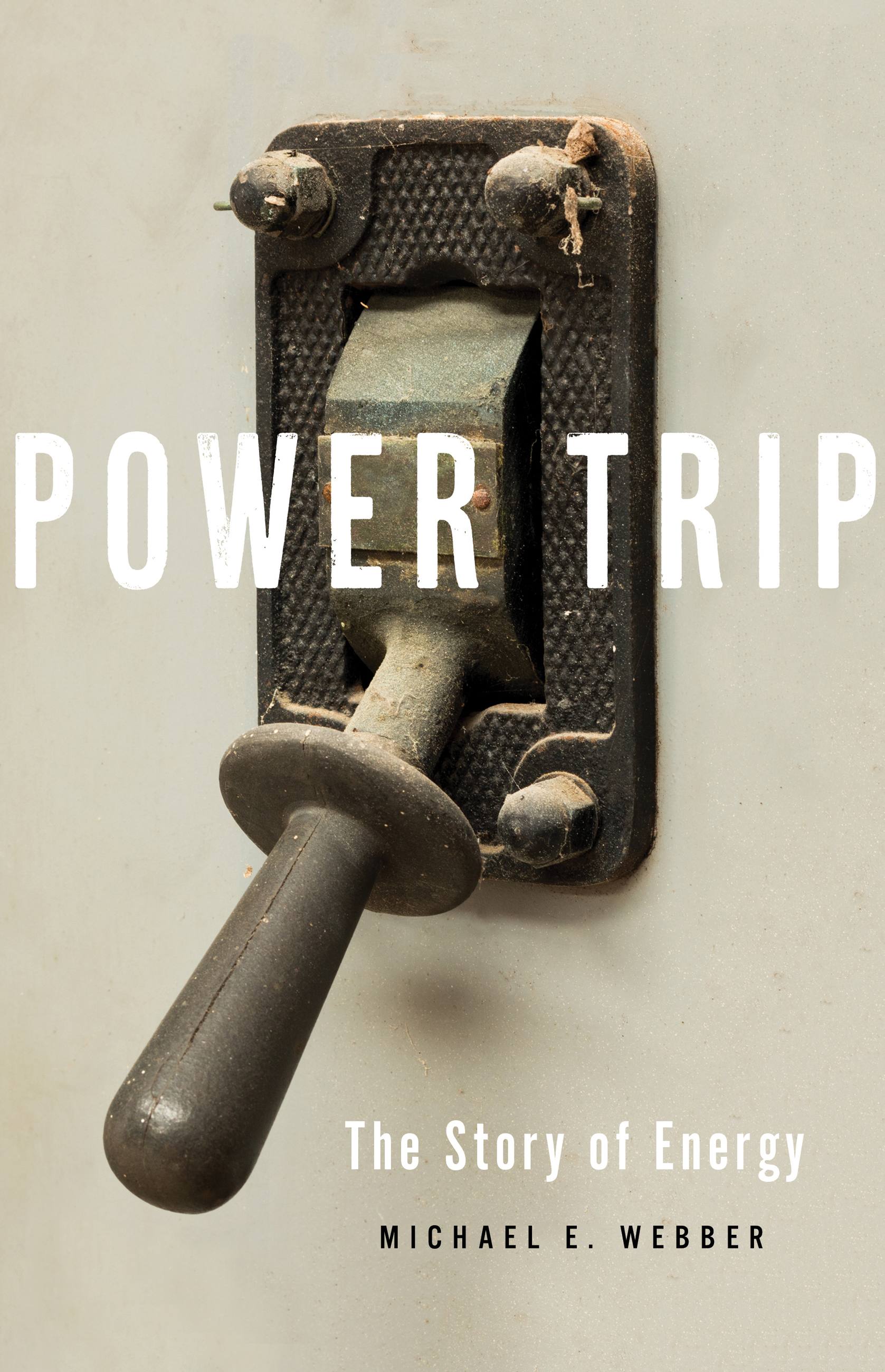Promotion
25% off sitewide. Make sure to order by 11:59am, 12/12 for holiday delivery! Code BEST25 automatically applied at checkout!
By clicking “Accept,” you agree to the use of cookies and similar technologies on your device as set forth in our Cookie Policy and our Privacy Policy. Please note that certain cookies are essential for this website to function properly and do not require user consent to be deployed.
Power Trip
The Story of Energy
Contributors
Formats and Prices
- On Sale
- May 7, 2019
- Page Count
- 272 pages
- Publisher
- Basic Books
- ISBN-13
- 9781541644380
Price
$17.99Price
$22.99 CADFormat
Format:
- ebook $17.99 $22.99 CAD
- Hardcover $30.00 $38.00 CAD
- Audiobook Download (Unabridged)
This item is a preorder. Your payment method will be charged immediately, and the product is expected to ship on or around May 7, 2019. This date is subject to change due to shipping delays beyond our control.
Buy from Other Retailers:
-
"Impressive to say the least"Wall Street Journal
-
Choice award for outstanding academic title
-
"Power Trip ably guides us through the history of energy."New York Times
-
"Energy is central to everything we care about in society. But it's also hard to understand. With this book, Webber has done a service by explaining energy in a way that is easy to understand and fun to read."Ernie Moniz, former U.S. Secretary of Energy
-
"To all of us concerned about new energy shocks and still hopeful of creating a better energy future -- this book explains why the stakes of energy transition are higher than ever. It's a really good read and highlights how access to affordable, reliable and sustainable energy is essential in everything we do as citizens, consumers, communities and whole societies."Angela Wilkinson, Senior Director of Scenarios and Business Insights for the World Energy Council
-
"From creating wealth to starting wars, energy permeates our lives. Webber gives us a sense of just how inseparable energy has been to our past, and will be in our future."Martin Doyle, professor in the Environmental Sciences at Duke University
-
"Michael has provided us an extraordinary volume -- it is comprehensive, sweeping and well-written, easy to read and yet extremely informative. The book is remarkably thorough in its description of the ways in which energy -- its generation, storage, transmission and use -- impact every facet of life on earth. It is a book that convincingly makes the case that energy is the key to understanding virtually all human activity and development... that whether you're considering agriculture or mobility, cities or manufacturing, energy lies beneath and enables it all."Eric Toone, Executive Managing Director of Breakthrough Energy Ventures
-
"Power Trip is a delightful combination of fun facts, personal anecdotes, rigorous scientific data, and good advice. And it's full of surprises about the way energy is hidden right in front of us, embedded in every object and issue. It's a must-read for anyone who cares about the future, not only of energy, but of the planet."Betty Sue Flowers, former director of the LBJ Presidential Library and co-editor of Realistic Hope
Newsletter Signup
By clicking ‘Sign Up,’ I acknowledge that I have read and agree to Hachette Book Group’s Privacy Policy and Terms of Use






